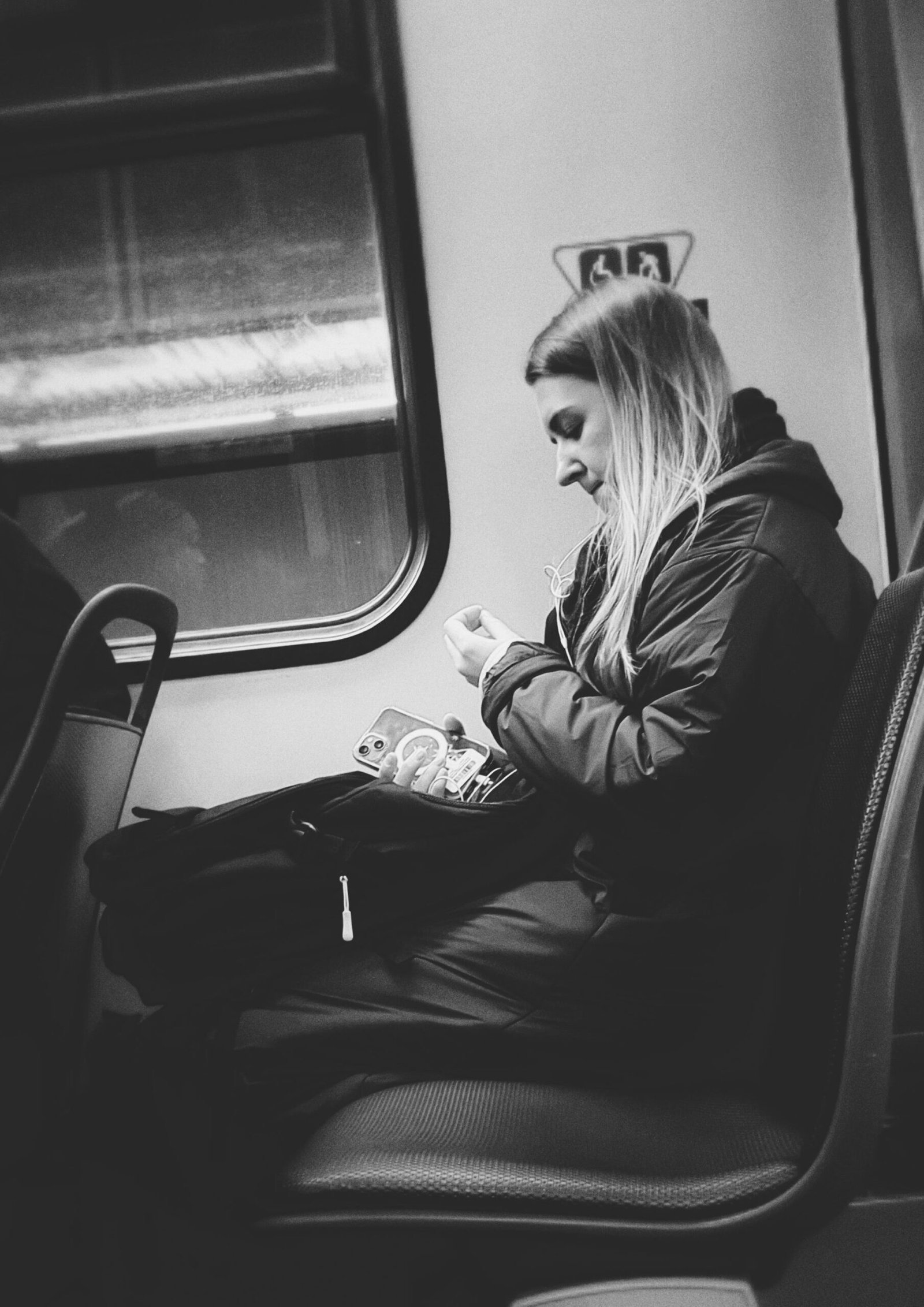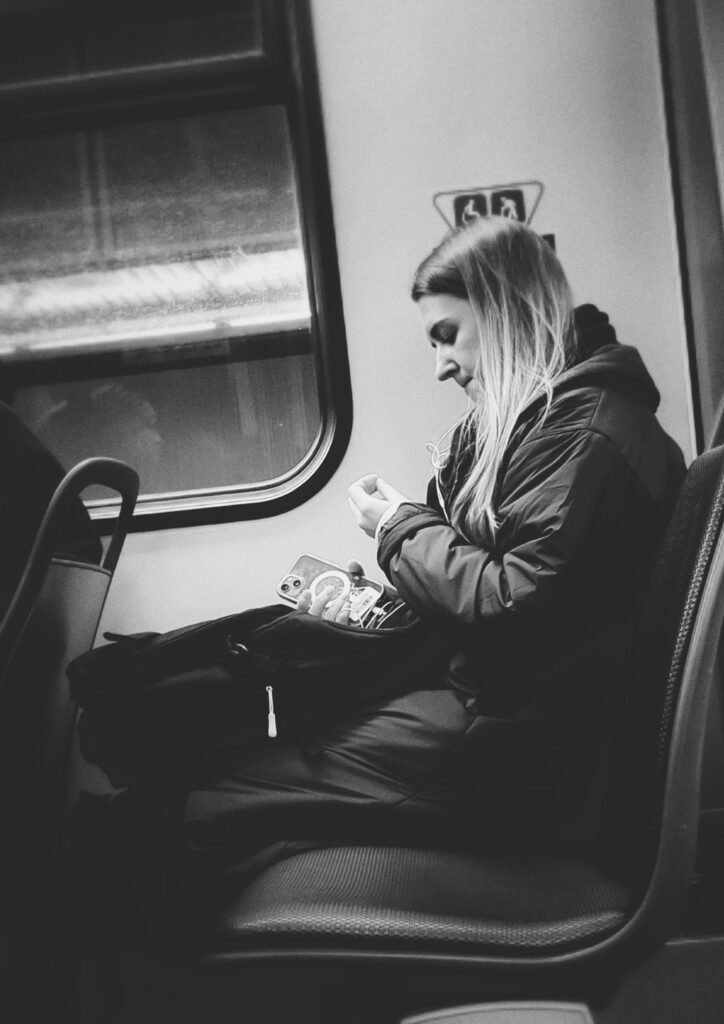
Mastering Crate Training: Tips for Puppies
Are you a proud new puppy owner looking for tips on crate training? Look no further! In this article, we will explore the art of crate training and provide you with valuable tips to help your furry friend adjust to their crate. Whether you’re a first-time dog owner or have recently added a new addition to your family, crate training can be a beneficial tool in ensuring your puppy’s safety and well-being. So grab a cup of coffee, get comfy, and let’s embark on the journey of mastering crate training together!
Find products like these on Amazon!
Choosing the Right Crate
Size and Type of Crate
When it comes to crate training your puppy, one of the most important decisions you’ll need to make is choosing the right crate. The size and type of crate you choose will greatly impact your puppy’s comfort and overall experience with crate training.
Size is key when selecting a crate for your puppy. It’s essential to choose a crate that is spacious enough for your puppy to stand up, lie down, and turn around comfortably. However, a crate that is too large may encourage your puppy to use one corner as a bathroom area. So, finding the right balance is crucial.
Regarding crate type, there are various options available, such as wire crates, plastic crates, and soft-sided crates. Wire crates are popular because they provide good ventilation and visibility for your puppy. On the other hand, plastic crates may provide a more den-like feel, which can help your puppy feel secure and safe. Soft-sided crates are lightweight and portable, making them a great option for travel. Consider your puppy’s needs and your lifestyle when choosing the type of crate that will work best for both of you.
Location of the Crate
Now that you have the perfect crate for your puppy, it’s important to find the right location for it in your home. Choosing the right spot can greatly influence your puppy’s comfort and acceptance of the crate.
Ideally, the crate should be placed in a quiet area of your home where your puppy can feel safe and secure. Avoid placing the crate in high-traffic areas or near noisy appliances, as this may create distractions and hinder your puppy’s ability to relax and feel at ease.
Additionally, it’s beneficial to keep the crate in a room where you and your family spend a significant amount of time. This will allow your puppy to feel included and prevent them from feeling isolated or lonely while in the crate.
Comfort and Safety Features
Ensuring your puppy’s comfort and safety within the crate is essential. There are several features you can incorporate to enhance their experience and make the crate a positive space.
Consider adding a cozy bedding material to the crate, such as a soft blanket or crate pad, to provide your puppy with a comfortable place to rest. However, be cautious with bedding materials that are easily shredded or ingested, as this could pose a safety hazard.
It’s also important to provide your puppy with appropriate toys and chew items while they are in the crate. This will help keep them entertained and prevent boredom or anxiety. Ensure that any toys or chew items are safe and suitable for unsupervised use.
Lastly, ensure that the crate is well-ventilated and has good airflow to prevent your puppy from becoming overheated. This is especially important during warmer months or in homes with limited air circulation.
Introducing the Crate
Making the Crate a Positive Space
Introducing your puppy to the crate in a positive and gradual manner is key to their acceptance and enjoyment of it. By creating a positive association with the crate, you can make it a space your puppy willingly enters and sees as their own safe haven.
Start by placing treats or their favorite toys near the crate to entice your puppy to investigate. Allow them to sniff and explore the crate at their own pace. Do not force or rush the process, as this may create resistance or fear.
Gradual Introduction
Once your puppy has shown some interest in the crate, start by feeding their meals near the crate. This will help your puppy associate the crate with something positive – mealtime. Gradually move their food bowl closer to the crate, eventually placing it just inside the crate.
Over time, as your puppy becomes comfortable eating inside the crate, leave the door open while they eat. This will allow them to enter and exit the crate freely without feeling trapped.
Reinforcing Positive Associations
As your puppy becomes more comfortable with the crate, you can start closing the door for short periods while they are inside. Gradually increase the duration as your puppy becomes more accustomed to being confined in the crate. During this time, offer praise and treats to reinforce positive behavior.
Remember to never use the crate as a form of punishment. The goal is to create a positive association with the crate, so using it as a disciplinary tool will undermine your efforts.

This image is property of images.pexels.com.
Find products like these on Amazon!
Establishing a Routine
Scheduled Meal Times
Establishing a routine is crucial for successful crate training. One important aspect of this routine is having scheduled meal times for your puppy. Feeding your puppy at consistent times throughout the day will help regulate their bathroom habits and make crate training more effective.
By feeding your puppy at specific times, you can anticipate when they will need to relieve themselves, allowing you to establish a regular bathroom break routine.
Regular Bathroom Breaks
During crate training, it’s important to take your puppy outside for regular bathroom breaks. This will help teach them proper elimination habits and prevent accidents inside the crate.
Take your puppy outside to their designated bathroom area shortly after meals, play sessions, and waking up from naps. This will help reinforce the association between going outside and doing their business.
Consistent Sleeping Hours
Establishing consistent sleeping hours is also crucial when crate training your puppy. Dogs are naturally den animals, so having a designated sleeping area can help them feel secure and promote better sleep habits.
Place your puppy in their crate at a consistent time each night for sleep. This will help establish a routine and reinforce that the crate is a safe and comfortable space for them to rest.
Positive Reinforcement
Rewards and Treats
Positive reinforcement is a powerful tool in crate training. Using rewards and treats can motivate your puppy to associate the crate with positive experiences and behaviors.
Whenever your puppy willingly enters the crate or remains calm while inside, offer them a small treat as a reward. This will help reinforce their good behavior and make the crate a more appealing place for them.
Verbal Praise
In addition to using treats, verbal praise is an excellent way to reinforce positive behavior during crate training. Whenever your puppy demonstrates desirable behavior, such as entering the crate willingly or settling down quietly, shower them with praise and encouragement.
Using an enthusiastic and cheerful tone of voice will help reinforce the positive association with the crate and make your puppy feel proud and happy.
Toy and Playtime Rewards
Another way to reinforce positive behavior in crate training is by rewarding your puppy with playtime and their favorite toys. After a successful crate session, take some time to engage in play activities with your puppy.
Playing with them and offering their favorite toys after crate time will create a positive association with the crate and make it an enjoyable experience for your puppy.

This image is property of images.pexels.com.
Managing Crying and Whining
Ignoring Crying at Night
One of the most challenging aspects of crate training can be managing crying and whining, especially during the night. While it may be difficult to resist the urge to comfort your crying puppy, it’s important to remember that giving in to their demands may reinforce the behavior.
It’s best to ignore crying and whining during the night unless you suspect your puppy needs to go outside to relieve themselves. By ignoring the crying, you are teaching your puppy that being calm and quiet is the key to getting your attention and being let out of the crate.
Offering Comfort During the Day
While it’s important to ignore crying at night, it’s equally important to offer comfort and reassurance during the day. If your puppy becomes anxious or restless while in the crate, take a few moments to calm them down.
Approach the crate calmly and speak in a soothing tone. Gently stroke your puppy through the crate bars to provide physical comfort and let them know you are there. Once they have settled, however, avoid immediately letting them out of the crate, as this may reinforce the crying behavior.
Redirecting with Toys and Chews
If your puppy starts crying or whining while in the crate, redirect their attention with toys and chew items. Providing them with appropriate distractions will help shift their focus away from the negative behavior and onto something positive.
Offering a puzzle toy with treats inside or a long-lasting chew can keep your puppy occupied and help alleviate any anxiety or restlessness they may be experiencing.
House Training in Conjunction with Crate Training
Using Crate as a Toilet Area
Crate training can also be utilized as an effective tool for house training your puppy. By using the crate as a toilet area, you can teach your puppy to associate their elimination needs with a designated space.
Determine a suitable spot in the crate to place puppy pads or newspapers. These materials will act as the toilet area for your puppy. Be sure to regularly change and clean the area to maintain cleanliness and prevent any unpleasant odors.
Setting a Bathroom Schedule
In addition to using the crate as a toilet area, it’s crucial to establish a consistent bathroom schedule for your puppy. Take them to their designated bathroom area at specific times throughout the day, such as after meals, waking up, and play sessions.
Consistency is key when it comes to house training. By sticking to a schedule, you can reinforce proper elimination habits and reduce the likelihood of accidents inside the crate or your home.
Preventing Accidents
To prevent accidents during crate training, it’s essential to closely supervise your puppy while they are outside the crate. Keep a close eye on their behavior and signs of needing to eliminate.
If your puppy starts showing signs such as sniffing around, circling, or whining, take them to their designated bathroom area immediately. By being vigilant and proactive, you can prevent accidents and reinforce proper elimination habits.

This image is property of images.pexels.com.
Gradual Increase in Crate Time
Starting with Short Intervals
When initially introducing the crate to your puppy, it’s important to start with short intervals of crate time. This will allow them to gradually acclimate and feel comfortable being confined.
Begin by placing your puppy in the crate for just a few minutes while you are nearby. Slowly increase the duration of time they spend in the crate, always ensuring they are calm and comfortable before extending the duration.
Building up to Longer Periods
As your puppy becomes more accustomed to the crate, gradually build up to longer periods of confinement. Start by increasing the duration by 10-15 minutes at a time.
Consistency is key during this phase. Stick to a routine and ensure your puppy has regular bathroom breaks and opportunities for exercise and play outside of the crate to avoid feelings of confinement or restlessness.
Monitoring the Puppy’s Comfort Level
Throughout the process of increasing crate time, it’s crucial to monitor your puppy’s comfort level and well-being. Keep an eye out for signs of stress or anxiety, such as excessive panting, drooling, or persistent whining.
If you notice any signs of distress, it may be an indication that you need to slow down the process and give your puppy more time to adjust. Every puppy is unique, so it’s important to be attuned to their individual needs and comfort levels.
Troubleshooting Common Crate Training Challenges
Separation Anxiety
Separation anxiety can be a common challenge when crate training puppies. Some puppies may display signs of distress when separated from their owners or confined in the crate.
To address separation anxiety, gradually accustom your puppy to being alone for short periods. Start by leaving them in the crate and stepping out of sight for a few seconds, gradually extending the duration as your puppy becomes more comfortable.
Additionally, provide soothing music or leave a piece of your clothing with your puppy to create a sense of familiarity and comfort while you are away.
Excessive Barking or Whining
Excessive barking or whining can be frustrating during crate training, but it’s important to remember that this behavior is often your puppy’s way of expressing their discomfort or anxiety.
To address excessive barking or whining, ensure that your puppy has adequate physical and mental stimulation throughout the day. Regular exercise, play sessions, and interactive toys can help tire them out and alleviate any pent-up energy or boredom.
You can also try using white noise machines or soothing music to create a calming environment for your puppy. This can help drown out external noises and create a sense of tranquility within the crate.
Resistance to Entering the Crate
If your puppy shows resistance to entering the crate, it may be helpful to make the crate a more inviting and appealing space for them.
Place their favorite toys and treats inside the crate to entice them. You can also try feeding them their meals exclusively inside the crate to create a positive association with it.
Patience and consistency are essential during this phase. Avoid forcing or dragging your puppy into the crate, as this may create fear and resistance. Instead, focus on making the crate a place your puppy willingly enters and feels comfortable in.
Avoiding Common Mistakes in Crate Training
Using the Crate as Punishment
One common mistake in crate training is using the crate as a form of punishment. It’s important to remember that the crate should be a positive and safe space for your puppy, not a place of confinement as a disciplinary measure.
Using the crate as punishment can create negative associations and worsen your puppy’s anxiety or resistance towards it. Always maintain a positive and gentle approach when introducing your puppy to the crate and during the entire training process.
Leaving the Puppy in the Crate for Excessive Periods
Leaving your puppy in the crate for excessive periods of time is another mistake to avoid during crate training. Puppies have limited bladder control and need frequent bathroom breaks, exercise, and social interaction.
Avoid leaving your puppy in the crate for longer than their age in months (e.g., a three-month-old puppy should not be crated for more than three hours at a time). Providing regular breaks and opportunities for play and exercise outside the crate will help prevent feelings of confinement and restlessness.
Not Providing Enough Mental Stimulation
Neglecting to provide adequate mental stimulation during crate training can result in boredom and frustration for your puppy. Mental stimulation is just as important as physical exercise in keeping your puppy engaged and happy.
Provide your puppy with interactive toys, puzzle games, and training sessions while they are in the crate. This will help keep their mind occupied and prevent boredom or destructive behaviors from developing.
Gradual Transition to Unsupervised Freedom
Supervised Playpen Time
Once your puppy has become comfortable and reliable with crate training, you can gradually introduce supervised playpen time. A playpen provides your puppy with more room to move and explore while still ensuring their safety and preventing accidents.
Allow your puppy to spend short periods of supervised playtime in the playpen. This will give them a taste of freedom while still providing boundaries and supervision to prevent any unwanted behavior or accidents.
Short Periods Outside the Crate
As your puppy progresses in their crate training, you can also begin allowing them short periods of supervised time outside the crate in a designated area of your home. Gradually increase the duration of these outings as your puppy demonstrates good behavior and reliability.
Supervision is crucial during these times to prevent accidents, chewed furniture, or other potential mischief. Be sure to remove any items that may pose a danger to your puppy and create a safe and puppy-proofed area.
Allowing Free Access to the House
Once your puppy has demonstrated a reliable ability to handle supervised time outside the crate, you can gradually transition to allowing them free access to the house.
However, it’s important to note that the transition to unsupervised freedom should be done gradually and only when you feel confident in your puppy’s ability to exhibit proper behavior and avoid accidents.
Always be mindful of your puppy’s behavior and gradually increase their unsupervised freedom as they continue to demonstrate good behavior and reliability.
Remember, crate training is a process that requires patience, consistency, and positive reinforcement. With proper training and guidance, your puppy will learn to see their crate as a safe and comforting space, making both of your lives easier and more enjoyable.
Find products like these on Amazon!
- Choosing the Right Crate
- Introducing the Crate
- Establishing a Routine
- Positive Reinforcement
- Managing Crying and Whining
- House Training in Conjunction with Crate Training
- Gradual Increase in Crate Time
- Troubleshooting Common Crate Training Challenges
- Avoiding Common Mistakes in Crate Training
- Gradual Transition to Unsupervised Freedom







-
-
2 days
Tagged Crate training, Dog training, Pet behavior